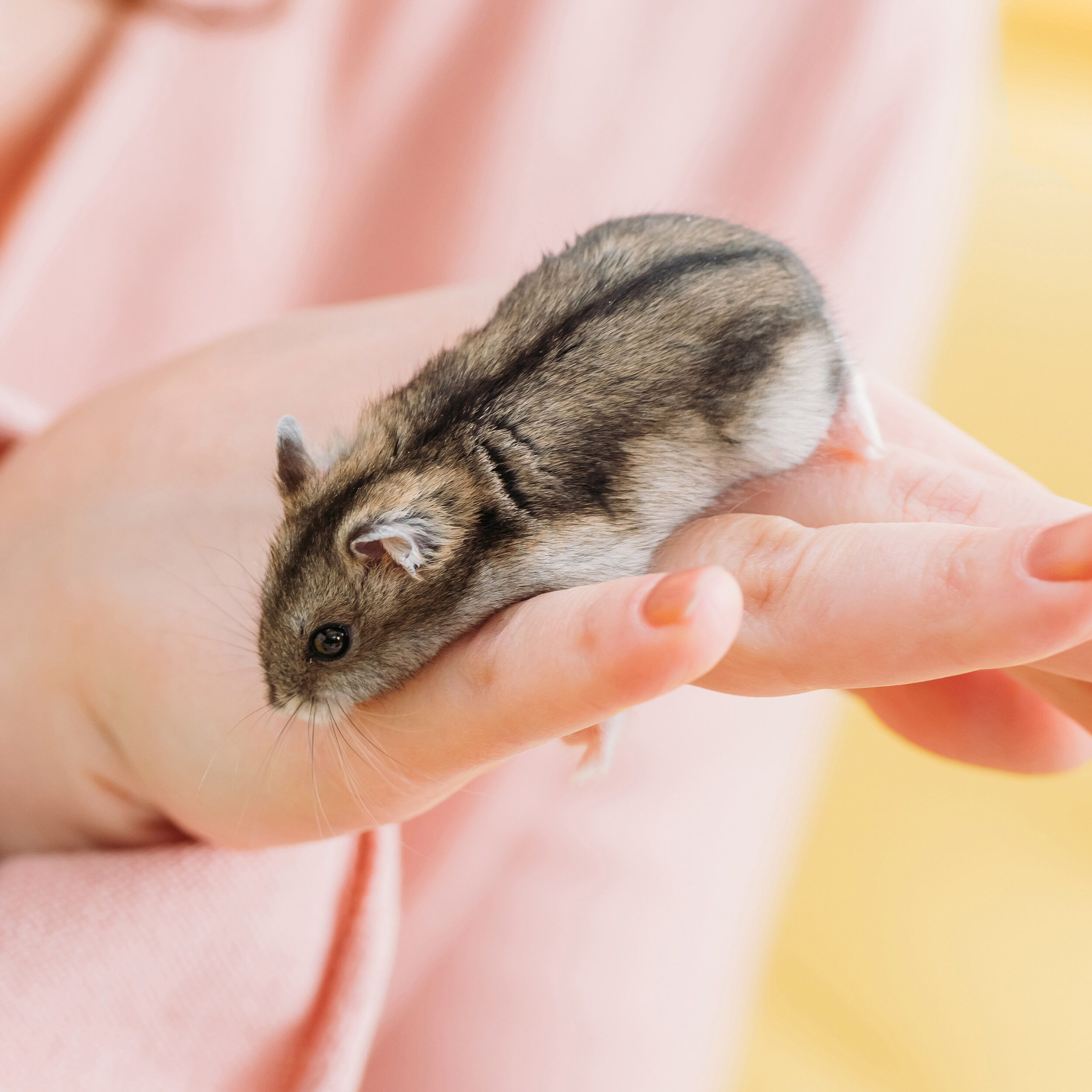Escaped Hamster: 5 Ways to Find Your Furry Friend
Hamsters can often be pretty crafty escape artists. While having a hamster escape from their enclosure is not unheard of, it can still be pretty stressful to find that your furry friend has gotten out. Luckily, there are some things that you can do to work towards getting your hamster back.
Hamsters are nocturnal creatures that love hiding in dark, enclosed spaces. As a result, looking for your hamster at night and looking in dark and enclosed spaces can help you find them. When this doesn’t work, you can always leave out bait and humane hamster traps to help you retrieve your hamster and return them to safety.
In this article, we will be explaining everything that hamster owners need to know about finding their escaped hamster. We will also be explaining why hamsters sometimes escape their enclosures along with answering some other commonly asked questions about hamsters and their strange habits. Alright, let’s dive right into it.
Why do Hamsters Escape?
There are several different reasons why hamsters try to escape from their enclosures. Many hamsters will just be trying to explore. However, this could also be a sign that a hamster is afraid of something or does not have enough space in their enclosure. Here are the three possible reasons why your hamster has escaped.
Your Hamster is Trying to Explore
Hamsters are naturally curious and energetic creatures. If you have an awesome enclosure set up for your hamster and they still escape from time to time, don’t worry. They are likely just in the mood to go on an adventure.
Your Hamster Doesn’t Have a Large Enough Enclosure
Though hamsters are tiny animals, they need a lot of space to roam and live in. Syrian hamsters will need a minimum of 24 x 12 inches of floor space. This enclosure also needs plenty of bedding so that your hamster can adequately dig and create tunnels. If your hamster is frequently escaping and they are being kept in a small cage, expanding the size of their enclosure will make them happier and make them less likely to escape.
Your Hamster is Frightened by Something
Hamsters will also go running and hide when they are afraid of something. This could also potentially cause them to escape their enclosure in some cases.

Is it Common for Hamsters to Escape?
It is fairly common for hamsters to escape, especially if they are not being given a large enough enclosure. However, there are ways that you can prevent your hamster from escaping their enclosure such as using heavier mesh lids and locking enclosure doors.
5 Ways to Find Your Hamster After They Have Escaped
There are about five different ways that you can find your escaped hamster. Using a combination of these techniques is guaranteed to help you find your furry friend. Here are the five things that you can do to find your hamster after they have escaped.
1. Look in Dark and Enclosed Spaces
Hamsters love hiding in dark and enclosed spaces, especially when those spaces are also warm and make them feel safe. As a result, it is always a good idea to check these kinds of places first. Some examples of hiding spaces that hamsters love include but are not limited to:
- Cabinets and pantries
- Underneath furniture like sofas and beds
- Underneath radiators, water heaters, and appliances
- In closets
- Underneath piles of clothing, pillows, or blankets
- In holes and cracks in the wall
- Crawlspaces
- Vents
2. Look for Your Hamster at Night
Hamsters are most active at night because they are nocturnal animals. As a result, you may be more likely to find your hamster at night because they will usually be more active. If you cannot seem to find your hamster during the day, looking again at night wild may be worth your while.
3. Open up Their Enclosure Door
Sometimes hamsters will go out of their enclosure to explore and return back to their enclosure when they are all done. Opening up your hamster’s enclosure door and making their enclosure accessible to them after they have escaped can help them return home when they feel like it.
4. Set up Humane Hamster Traps
As a last resort, you can always use a humane trap to find your hamster. You can use store-bought humane mouse traps and bait these with food to find your hamster. You can also create a homemade humane hamster trap.
To create a homemade humane hamster trap you will need a bucket, some tasty treats, and a towel. To create the trap, place the bucket and put the towel over the opening. Use a towel that it big enough to completely drape over the mouth of the bucket comfortably. Next, place the delicious treats on the towel. You can use nuts, seeds, peanut butter, and any other treats that is safe for hamsters to eat.
The idea of this trap is that the hamster is going to jump onto the towel to get the food. However, when they jump the towel will cave in and the hamster will be stuck in the bucket. This should not hurt the hamster, and when you catch them you can return them to safety.
5. Leave Out Seeds and Nuts
You could also leave out treats like seeds and nuts to lure your hamster out of hiding. Doing this will help you discover where they have been hiding, and you may be able to even catch them this way as well. Just keep in mind that it may take a little while for this method to work.
How Long Can Hamsters Survive After Getting Lost?
Hamsters can survive up to three or food days without food and water. So, it is reasonable to expect that they can survive at least this long after getting lost. However, there is a chance that hamsters can live longer than this after getting lost inside of a house if they have a food and water source. Do not lose hope on finding your hamster.
Looking for a hamster veterinarian near Fort Worth, TX? Our expert veterinary team at VO Vets is here for you! Give us a call today at 682.350.8890, or Request an Appointment Online.



